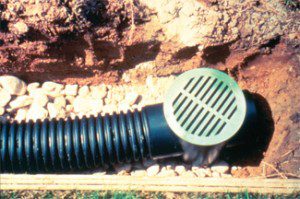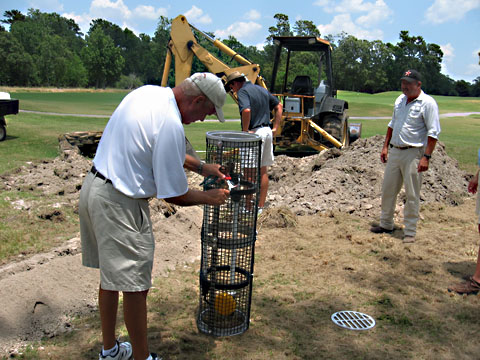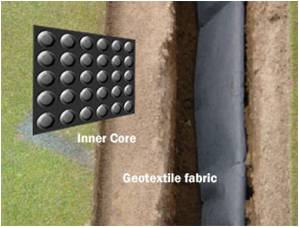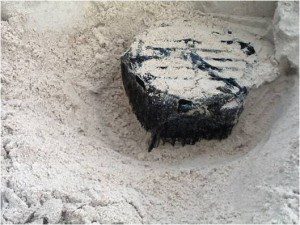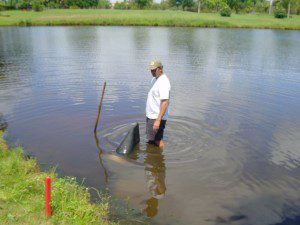UNDERSTANDING WATER TABLES AND THE CAPILLARY FRINGE
There are three types of seepage water. They are seepage water from lack of velocity, seepage water from a hillside spring, and seepage water from a high water table. Detailed descriptions of each of these can be found in “Analyzing Drainage Problems and Applying Proper Drainage Techniques.†The reason that it is necessary to distinguish between the three types of seepage water is that each water type requires a different installation depth to be effective.
This article will focus on the third type of seepage water, which is seepage water from a high water table. The permanent water table is called the “Phreatic water table,†and is the level …


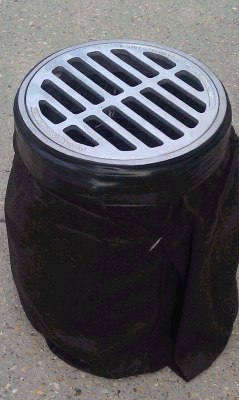 eatures of these basins is the simplicity with which they can be raised. Every superintendent has dealt with basins that have become too low because of thatch accumulation, or maybe they were just installed a little too low.
eatures of these basins is the simplicity with which they can be raised. Every superintendent has dealt with basins that have become too low because of thatch accumulation, or maybe they were just installed a little too low.